The Sony Ericsson Xperia Play: Where Do You Want To Take Your Gaming Today?
by Brian Dipert on August 8, 2011 1:26 PM EST- Posted in
- Smartphones
- Sony
- Android
- Xperia Play
- Mobile
Already familiar with Sony Ericsson's upgrade software from my previously mentioned X10 mini experiences, my next strategy was to hit up the company's support website. There, I found four different software packages available for download, three of them Windows-based. The PC Companion utility was the one that I'd already used before:
it includes (among other things) firmware upgrade capabilities, as does the seeming functionally redundant Update Service program. Also offered were a multimedia sync program called Media Go, which again seemed redundant with that same feature in PC Companion, and a Mac OS X-tailored functional twin of Media Go called Media Sync.
I tried PC Companion first. After installing it on my Windows Vista Ultimate-based Dell XPS M133 laptop, a tediously long process which also installs a suite of device drivers, I plugged in the Xperia Play (after first ensuring that the handset was not in USB Debugging mode) and all seemed to go well at first:
I was then prompted to change the phone's connection mode:
by first unmounting the phone:
and then switching it in to MTP (media transfer protocol) mode...an option that the phone didn't even offer to me:
The only option that the phone did give me was to remount it, an operation that inevitably led to a connection failure notification, and an encouragement to (fruitlessly) repeat the multi-step attempt:
Internet research suggested that I might have better success if I manually dismounted the phone's microSD card before connecting the Xperia Play to my laptop, but that attempt only led to an endless circle-cursor on the phone's display upon USB tether, until I pulled the plug (manually broke the USB connection).
Sigh. Next step; Update Service:
which also explicitly listed the Xperia Play as a supported handset:
In this case, I needed to first power off the phone, then hold down the Android 'back' button while connecting it to the laptop over USB:
However, after doing so, Update Service reported to me that no firmware updates were available:
Sigh, again. And, as it turns out, the firmware version situation is even worse than I originally thought. Not only was the latest software version unavailable to me, my Xperia Play was still running its original Android v2.3.2 build, whereas handset owners in other geographies had started receiving an Android 2.3.3 upgrade (complete with extensive Facebook integration) in early June. Verizon's qualification of the upgrades is presumably the availability bottleneck here.


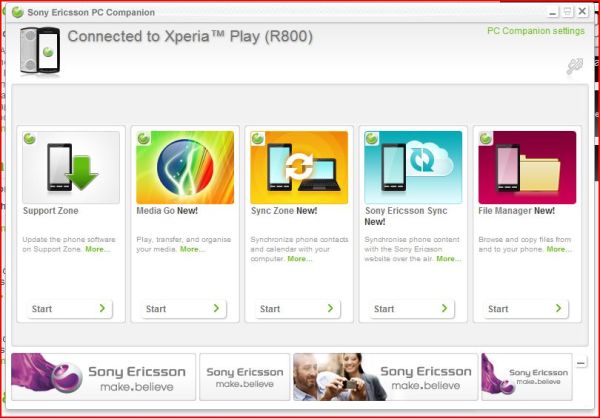

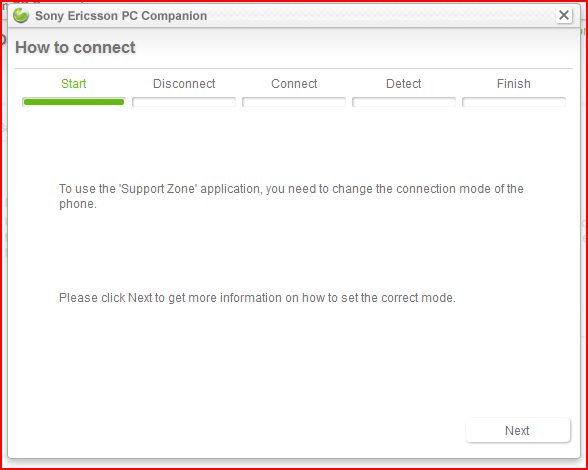
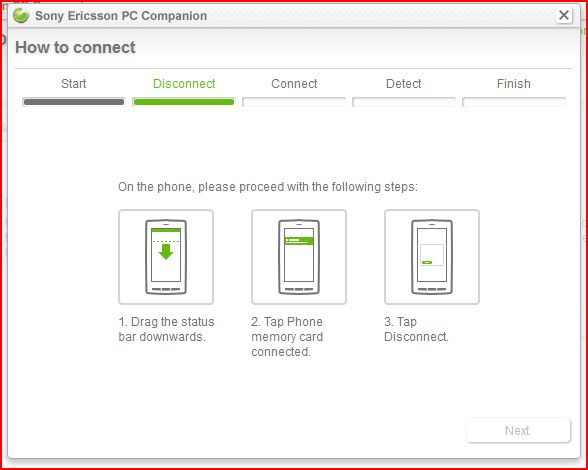
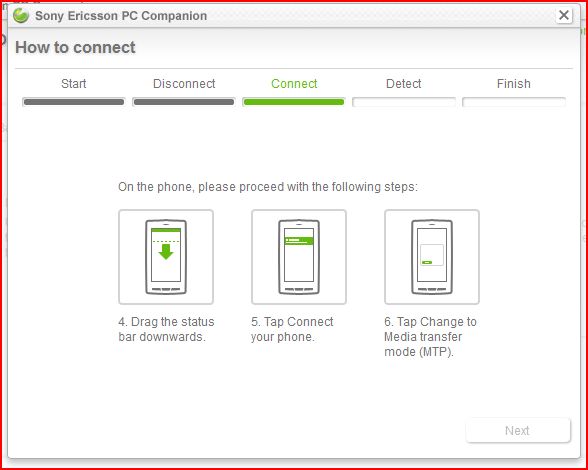
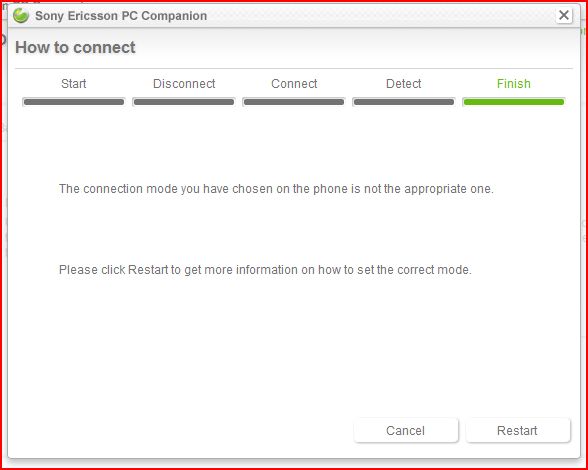

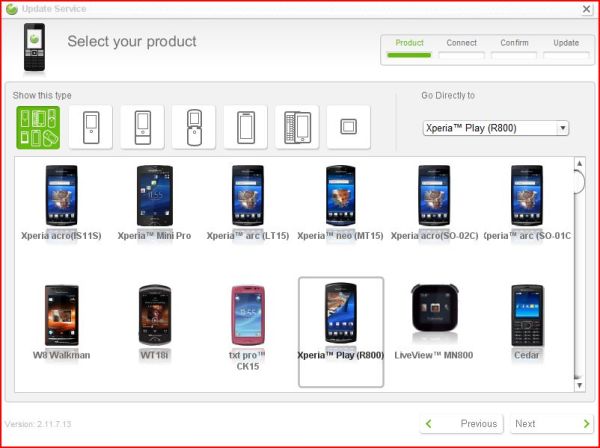
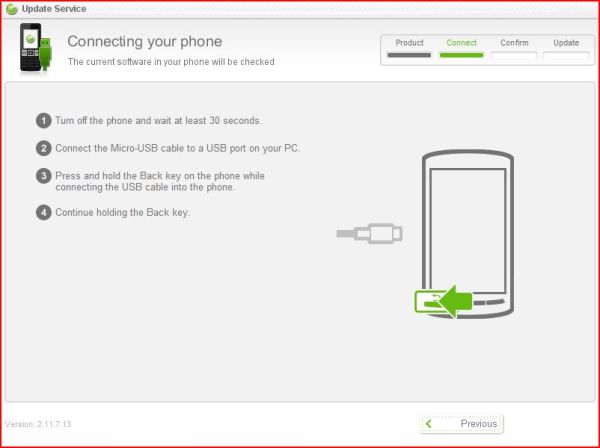
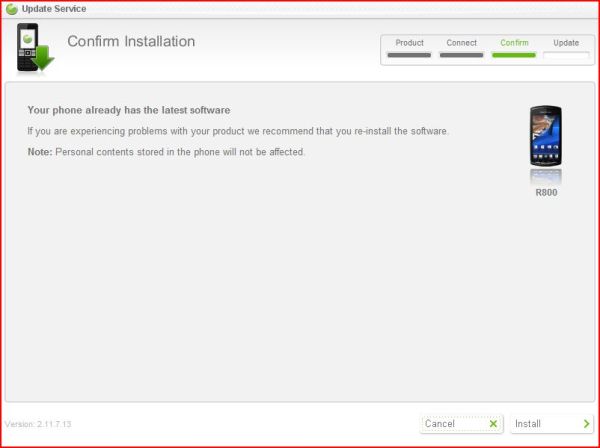








34 Comments
View All Comments
SilthDraeth - Monday, August 8, 2011 - link
I wonder why they chose a Dpad for directional control vs a flat analog slider pad reminiscent of the Nintendo 3ds?I would have thought the analog slider pad would have better mimicked the capacitive touch circle control. In fact I probably would play some more N.O.V.A 2 if my Samsung epic had a analog slider pad.
I wonder, if maybe they didn't do it, because at the time the phone was designed and released, the 3DS hadn't came out, and no one had thought of it yet...
LordOfTheBoired - Tuesday, August 9, 2011 - link
Interesting theory, but there's a problem with it... the PSP had a flat analog slider long before the 3DS did.It's also an input that is largely reviled by the fans, and not without justification.
Though the fans think the problem is that it isn't a "real stick"(actually, two of them) rising high above the face of the device like a home gamepad(specifically, like the DualShock series of gamepads), and to hell with pocketability. See also: the upcoming PS Vita.
Personally, I think it was just a poorly-considered implementation of a good device.
The fault as I see it is that it's topped with a convex thumb-piece and the centering springs are fairly high-tension. Though the awkward location doesn't help matters either(I'm pretty sure the slider was shoehorned in late in the system's development and it was intended to be digital-only).
I'm rather disappointed to know the capacitive disks don't work, as I thought they were a good idea. Especially as it avoided the preference for cardinal directions in dual-spring potentiometer designs(a very strong preference in the case of the PSP's high-tension slider).
Guspaz - Tuesday, August 9, 2011 - link
Good idea, terrible implementation. While I'm not a PSP owner,and have only played with them a bit, my experience was that the problems were:1) Horribly positioned. My hand cramped up using the analog nub on the PSP while simultaneously holding the PSP with that hand
2) Concave form factor made it harder to grip
3) Rough texture was uncomfortable
4) Spring put up too much resistance
5) Too small and not enough range of motion
The 3DS circle pad attempts to address all of these complaints, and while it isn't quite perfect, it's a good enough implementation that it can compete with "real" analog sticks rather nicely. Of course, by giving it good positioning, it makes the 3DS' d-pad uncomfortable to use, but you can't have it both ways. Anyhow, a circle-pad would certainly fit on something like the xperia play. In fact, I wish that the circle-pad was on more devices, but unfortunately Nintendo's patents will prevent that. Hopefully Sony can come up with their own similar slider pad that, if not identical to the circle pad, at least makes the same corrections.
MacTheSpoon - Monday, August 8, 2011 - link
This first gen phone is underwhelming, but I hope they stick with the concept and iron out the problems. The underlying concept of a smartphone with physical game controls seems spot-on. I'd love to play console-type games on my phone using physical controls instead of multitouch.ImSpartacus - Monday, August 8, 2011 - link
The first gen phone is underwhelming and ever single phone after that will follow similarly.Why? The Vita. I can't understand why Sony thought it was a good idea to split the Vita and Xperia Play. If you want to compete with iOS gaming, you can't do it with two distinct devices. Sony needs a unified gaming device. They are welcome to sell a wifi version (a la iPod Touch), but their flagship needs to be a phone.
seamonkey79 - Monday, August 8, 2011 - link
^ ThisExodite - Monday, August 8, 2011 - link
Because Sony isn't the same company as Sony Ericsson?It's not even a subsidiary, indeed SE is made up from far more of the old Ericsson phone division than it is Sony.
This isn't in any way, shape of form a 'Sony' phone - Sony doesn't do phones.
ImSpartacus - Monday, August 8, 2011 - link
Then Sony should do phones.Zoomer - Tuesday, August 9, 2011 - link
Not outside Japan, anyway.Guspaz - Tuesday, August 9, 2011 - link
Sony Ericsson is 50% owned by Sony and 50% owned by Ericsson. They make Walkman-branded phones, Cyber-shot branded phones, BRAVIA-branded phones... Sony and Ericsson could clearly have come to an agreement if Sony had wanted to do this all in one device.After all, the XPeria Play and Vita are similar architecturally. They both use ARM SoCs (a departure for Sony in a game console), although the XPeria Play is using a Qualcomm Snapdragon with an Adreno GPU while the Vita is using a quad-core ARM Cortex A9 with a PowerVR SGX534MP4.
In actual fact, the hardware in the Vita is identical to the iPad 2 except doubled (same CPU/GPU, just double the cores each).